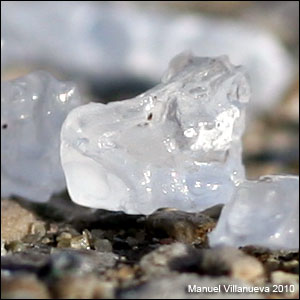Top Dog Medical Conditions
- Ear Infection
- Skin Allergy
- Skin Infection/Hot Spots
- Gastritis/Vomiting
- Enteritis/Diarrhea
- Bladder Infection
- Arthritis
- Soft Tissue Trauma
- Non-cancerous Tumor
- Eye Infection
I found some helpful links explaining pet insurance. The best article comes from Consumer Reports (CR). CR says go with pet insurance if it’s less than your yearly vet bill. You can look up yearly averages for vet bills on the ASPCA’s web site (see links below). CR pointed out the negative aspects of pet insurance including the exclusions for preexisting and breed specific conditions. The best source of information explaining what pet insurance is can be found in a guide for veterinarians. You have to take it with a grain of salt because the source is sponsored by the pet insurance industry. This article was very displeased with Consumer Reports and ignored CR’s mention of exclusions for coverage. Still, it was very informative. Here’s an excerpt:
Pet health insurance is not true medical insurance. It is fee-for-service indemnity insurance, similar to your auto or homeowner policies. Indemnity insurance policies provide compensation for accidents or other losses covered by the policies. Persons insured by these policies have contracts with the insurance provider and submit claims to their insurers for reimbursement of costs they incur. The insurers generally pay only a portion of the costs incurred by the policyholder as specified by the policy.
